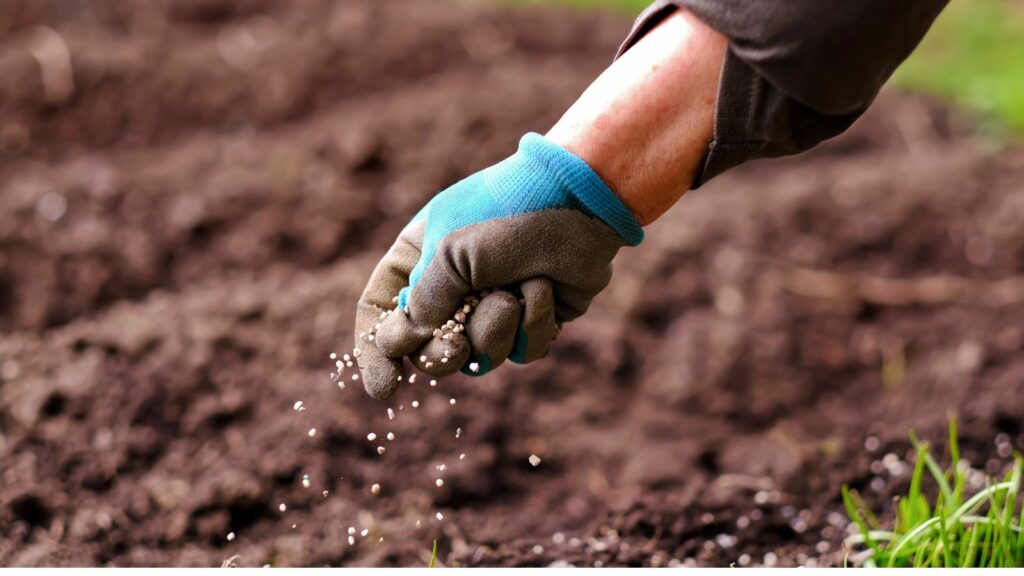The landscape of Canadian agriculture is undergoing a remarkable transformation, driven by innovative farmers who are rethinking how food is grown, harvested, and shared. These pioneers are embracing sustainable practices, introducing new crops, and fostering community connections that challenge conventional farming methods. Their efforts not only support the environment but also improve access to fresh, nutritious food for communities across the country. Highlighting these trailblazers, here are 23 Canadian farmers revolutionizing the way we eat.
Regenerative Farming Practices
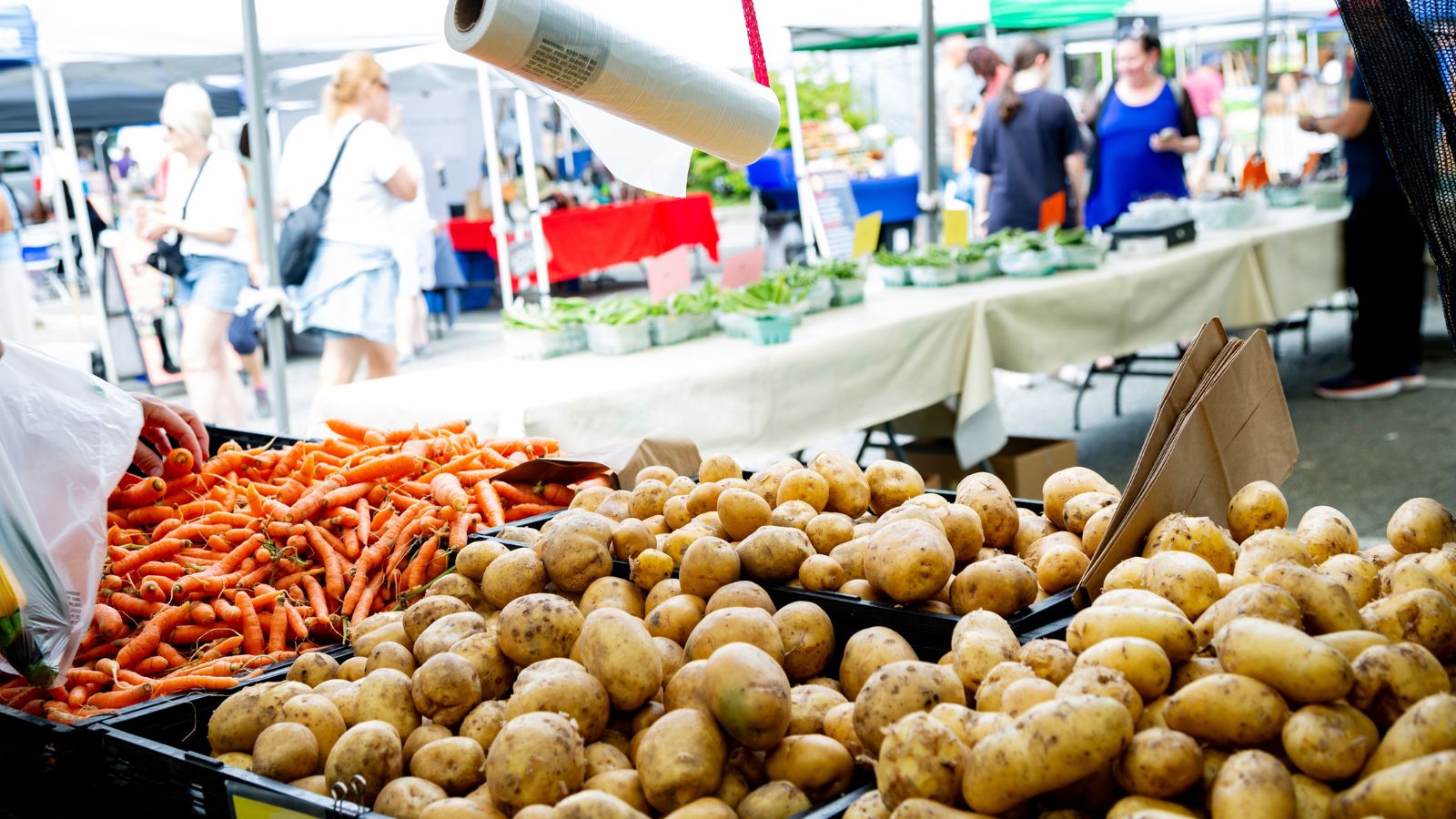
At the forefront of sustainable agriculture, many Canadian farmers are adopting regenerative farming practices that restore soil health and promote biodiversity. Instead of relying heavily on chemical fertilizers and pesticides, they use cover crops, crop rotations, and natural pest management techniques. This shift not only reduces environmental impact but also enhances the nutritional quality of the food produced. These farmers are setting a new standard for responsible stewardship of the land.
Reviving Ancient Grains and Heirloom Crops
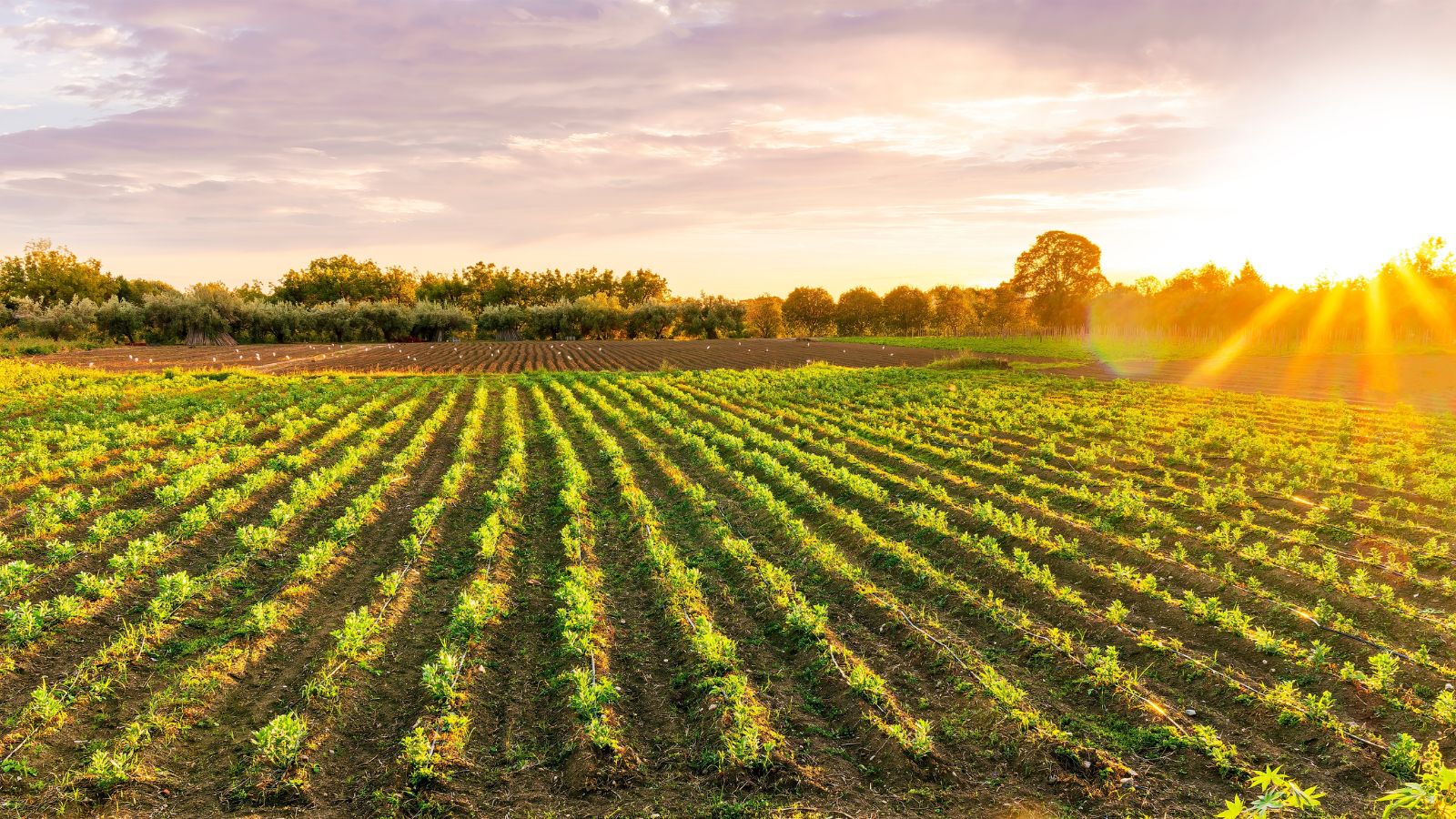
Some Canadian farmers are pushing the boundaries by cultivating ancient grains and heirloom varieties that had nearly disappeared from agricultural fields. By reintroducing these resilient crops, they preserve genetic diversity and offer consumers nutritious alternatives to more common staples. These grains often require fewer inputs and are well-adapted to Canada’s varied climates.
Urban Farming and Local Food Access
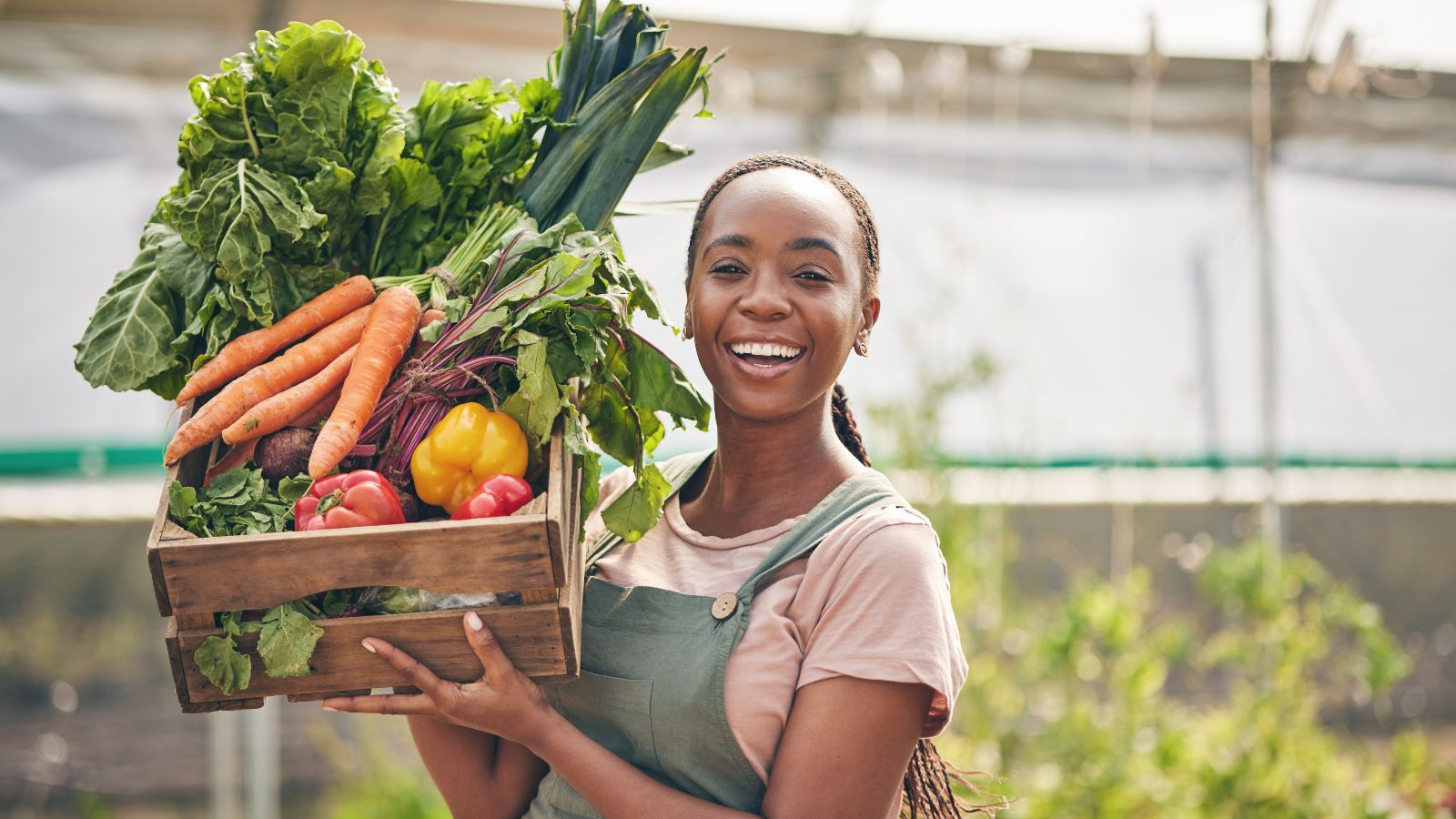
Urban farming is another exciting movement gaining momentum, with city-based farmers transforming rooftops, vacant lots, and community spaces into productive gardens. These urban farms bring food production closer to consumers, reduce transportation emissions, and enhance food security in metropolitan areas. Many urban farmers also focus on educational outreach, teaching residents about sustainable food systems and healthy eating.
Agroforestry and Multilayered Farming
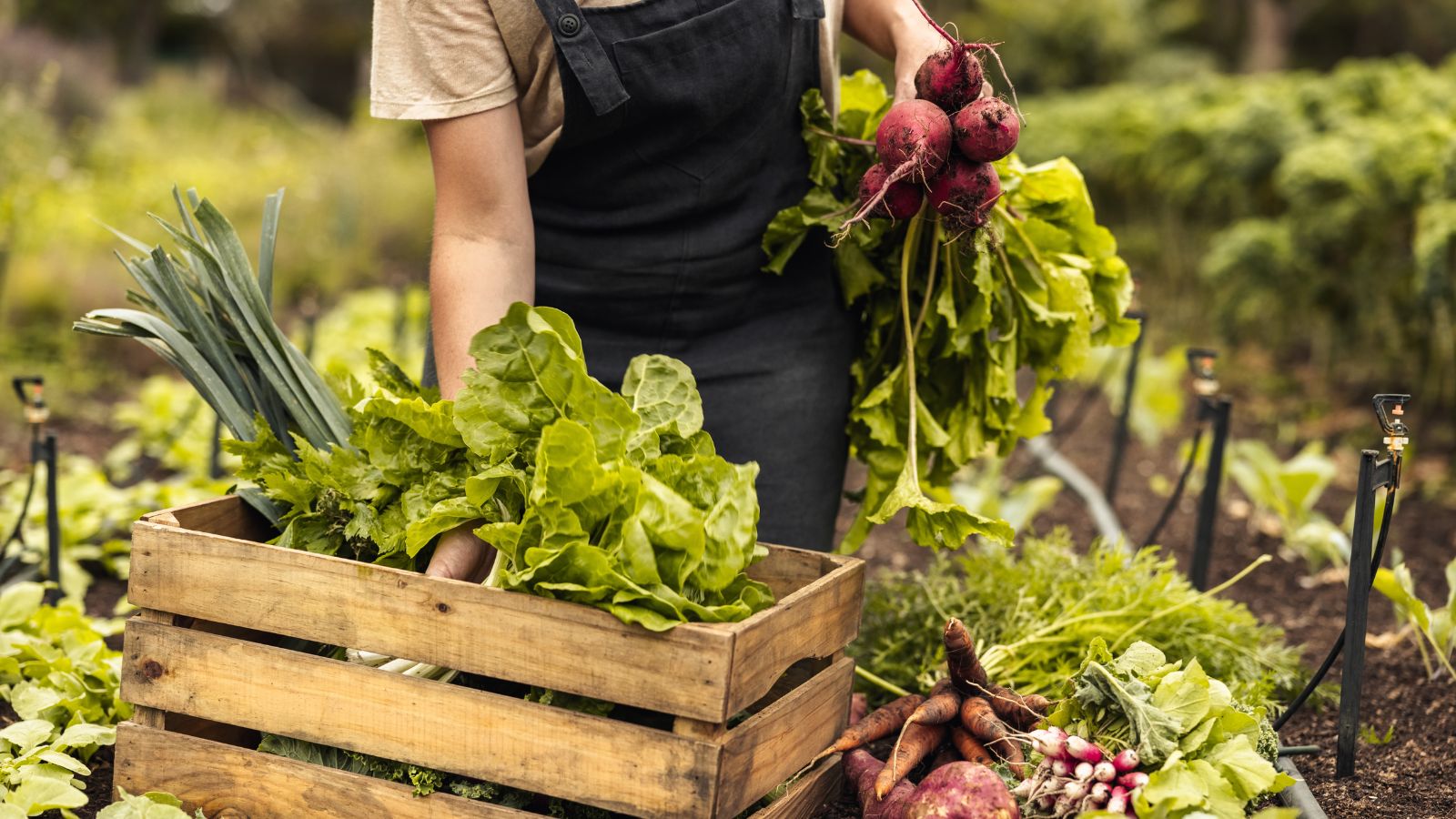
Agroforestry, the integration of trees and shrubs into farming systems, is being championed by innovative Canadian farmers seeking to diversify their production and protect natural resources. Trees provide shade, improve water retention, and offer habitat for beneficial wildlife. This approach helps farmers build resilient landscapes that can withstand climate fluctuations. By blending forestry and agriculture, these farmers create multifunctional land use that benefits both people and the planet.
Pasture-Based Livestock Systems
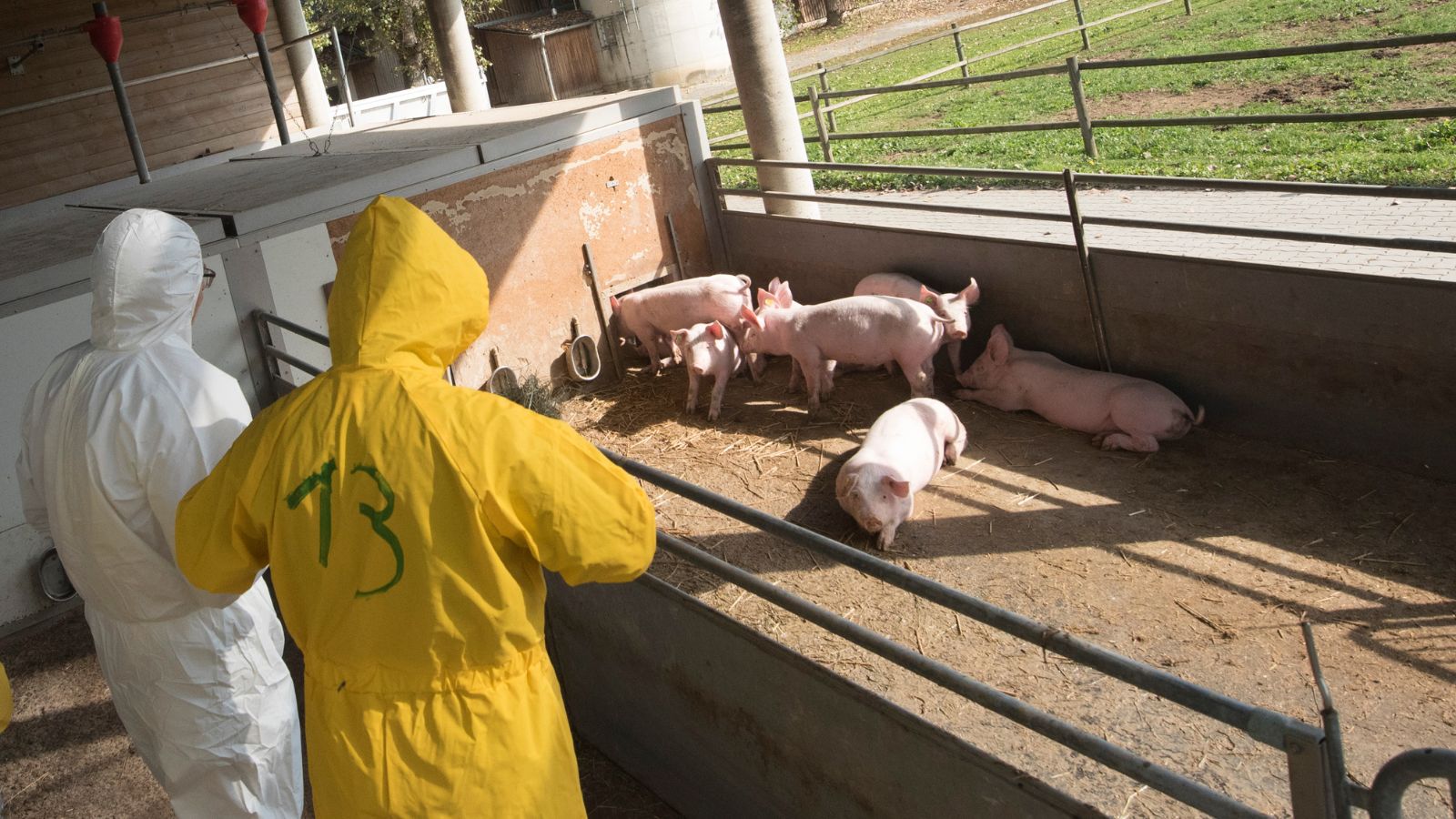
In the realm of livestock farming, several Canadian farmers are adopting rotational grazing and pasture-based systems that mimic natural ecosystems. These practices improve animal welfare, enhance soil carbon sequestration, and reduce reliance on grain feed. The result is healthier animals and higher-quality meat and dairy products. These farmers are redefining ethical animal husbandry while promoting environmental sustainability.
Year-Round Greenhouse Innovation

Innovative greenhouse farmers in Canada are expanding the growing season and increasing yields through advanced controlled-environment agriculture. Using technologies like hydroponics, aeroponics, and vertical farming, they maximize space and resource efficiency. These high-tech farms can produce fresh vegetables year-round, even in harsh winter climates.
Community-Supported Agriculture (CSA)
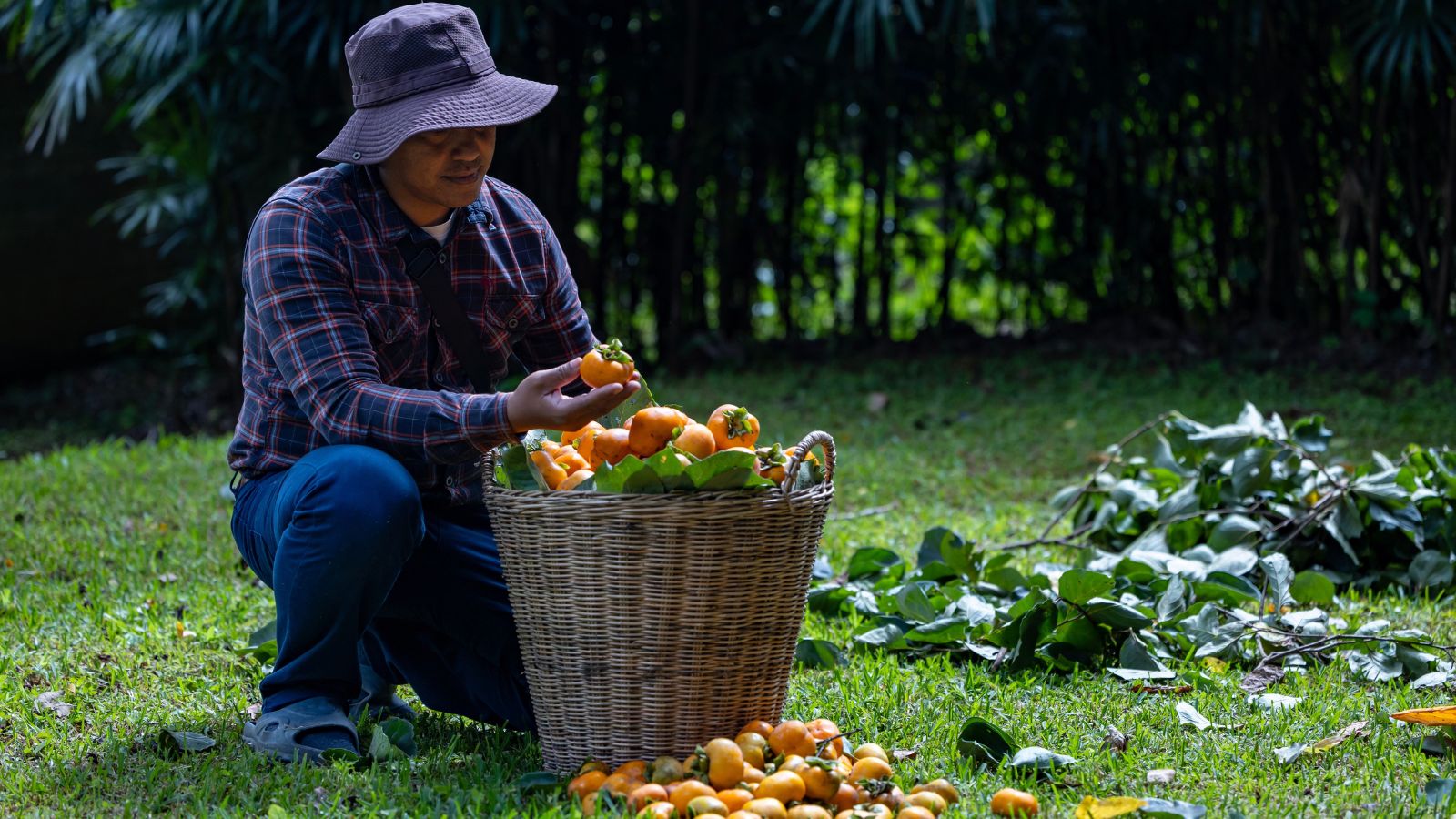
Many Canadian farmers are also focusing on community-supported agriculture (CSA) models, where consumers buy shares of a farm’s harvest upfront. This approach strengthens the bond between farmers and consumers, providing farmers with reliable income and customers with fresh, seasonal produce. CSA farms often emphasize organic and sustainable methods, fostering trust and transparency. This model encourages a sense of shared responsibility for food production.
Seed Saving and Climate Resilience
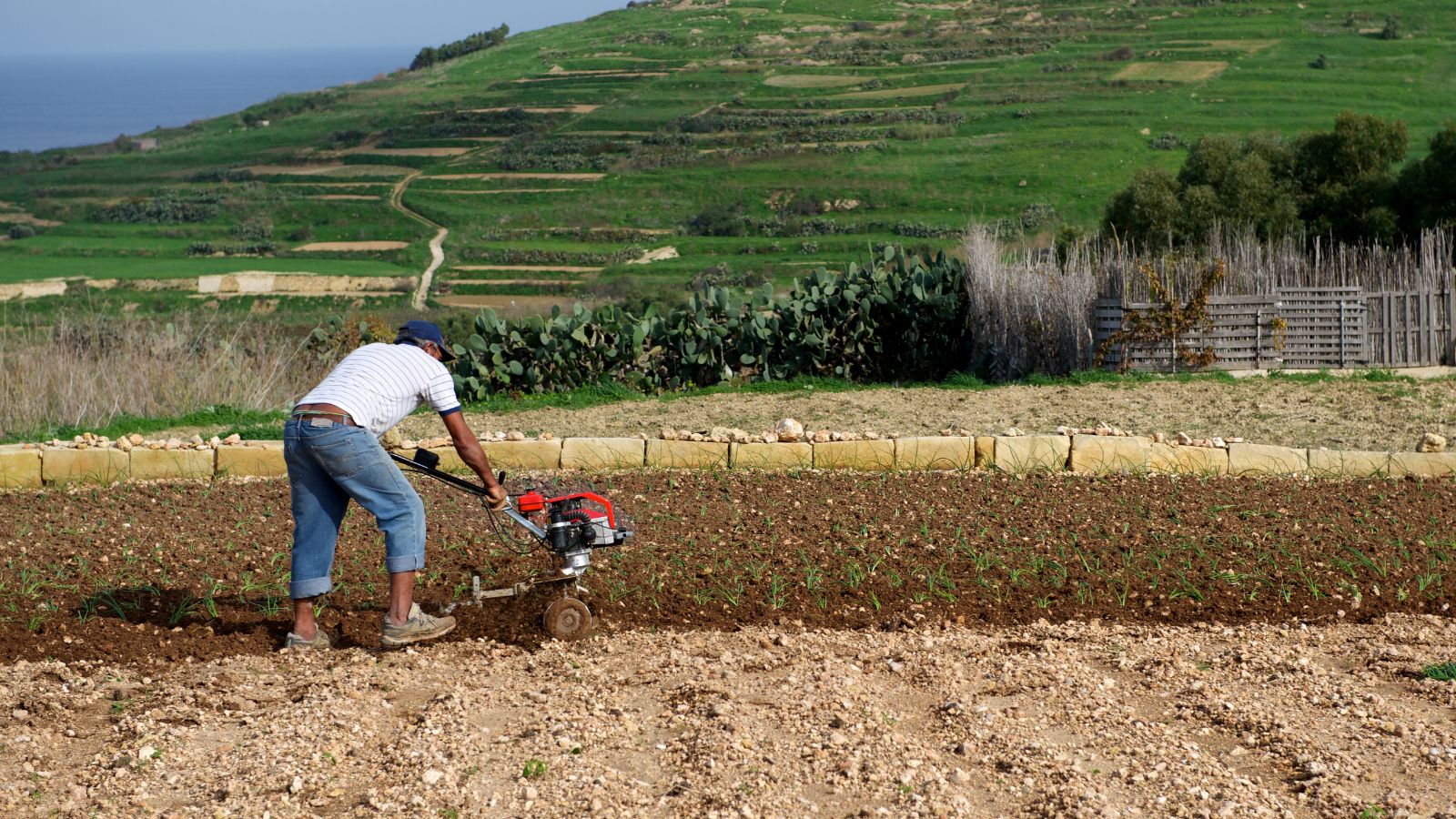
Seed saving and breeding initiatives led by Canadian farmers are critical for preserving plant diversity and developing varieties adapted to changing climates. By selecting and propagating seeds from their own crops, these farmers maintain genetic traits that improve resilience and flavor. This grassroots seed work empowers farmers and gardeners alike to reclaim control over food sources. It’s a vital step toward a more resilient agricultural future.
Indigenous Food Sovereignty
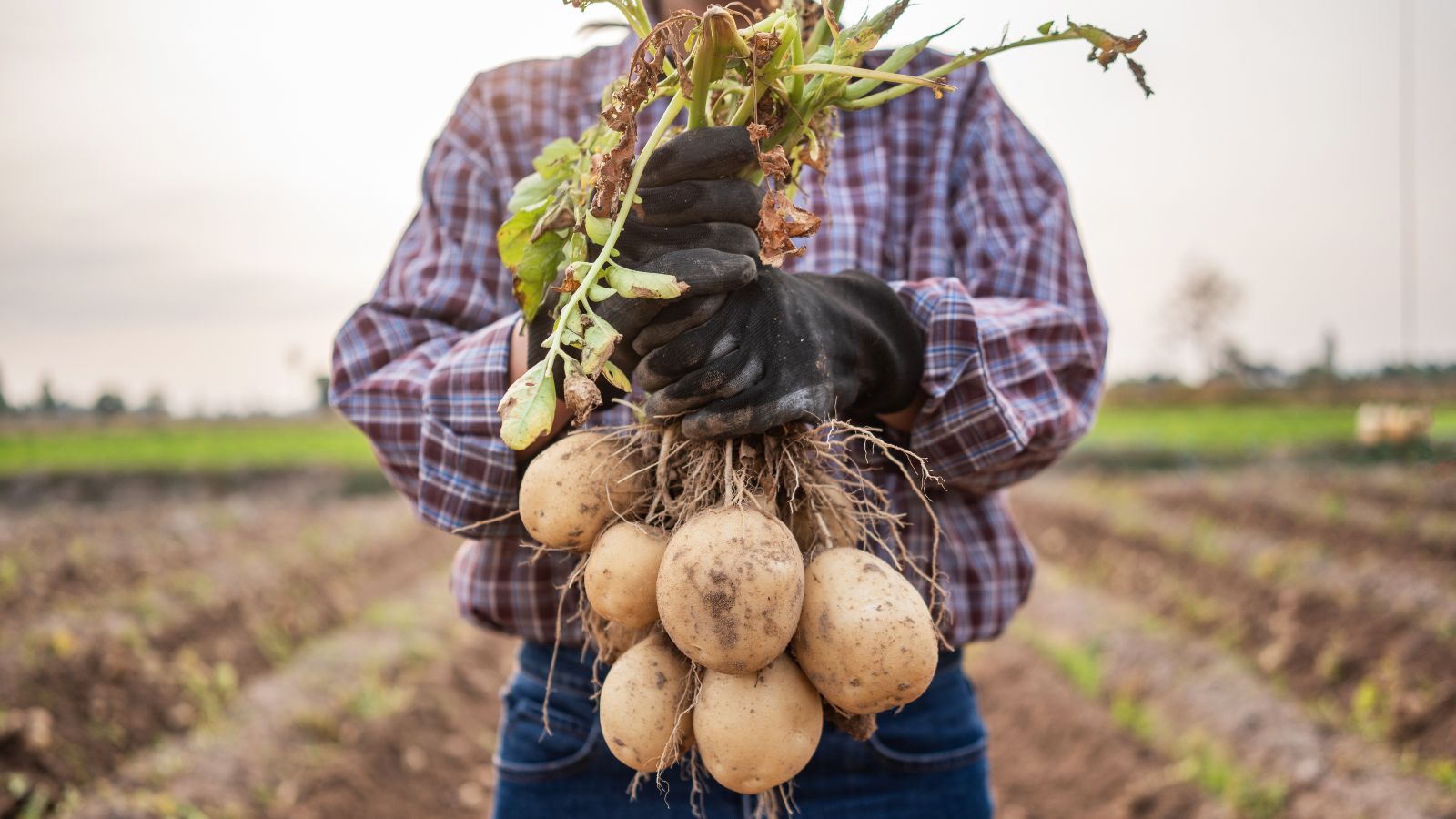
Food sovereignty movements in Canada are driven by Indigenous farmers and communities who are reclaiming traditional growing practices and local food systems. These efforts emphasize self-determination, cultural revitalization, and environmental respect. Indigenous farmers are cultivating native plants and using knowledge passed down through generations to nurture the land sustainably. Their leadership is reshaping Canadian agriculture with an emphasis on justice and sustainability.
Plant-Based Protein Farming
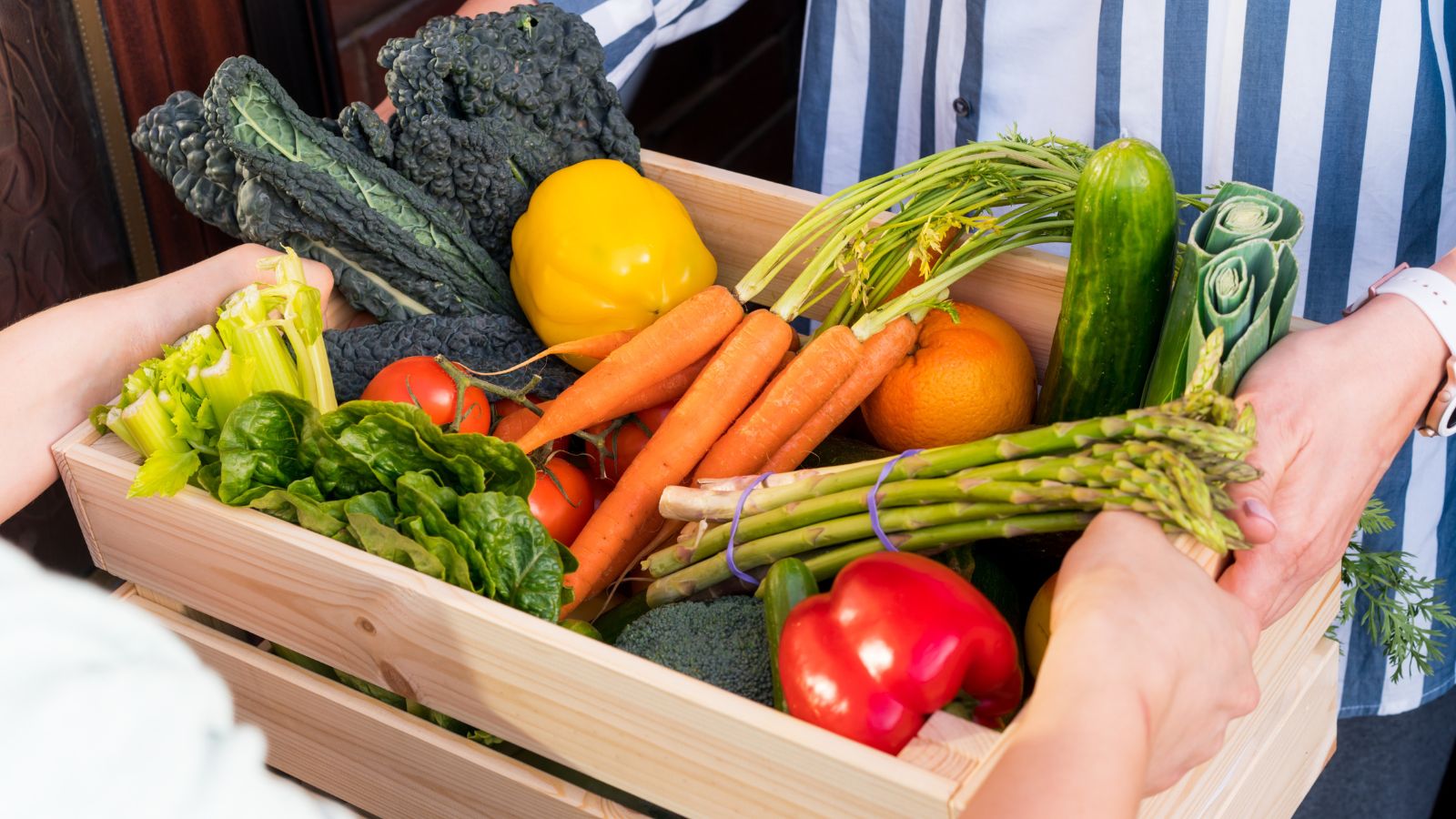
Several Canadian farmers are innovating in the production of plant-based proteins, growing crops like peas, lentils, and chickpeas that are gaining popularity worldwide. These protein-rich plants require less water and emit fewer greenhouse gases compared to animal agriculture. By focusing on these crops, farmers contribute to more sustainable diets and food security. Their work supports the global shift toward healthier, more environmentally friendly eating habits.
Ag-Tech and Smart Farming
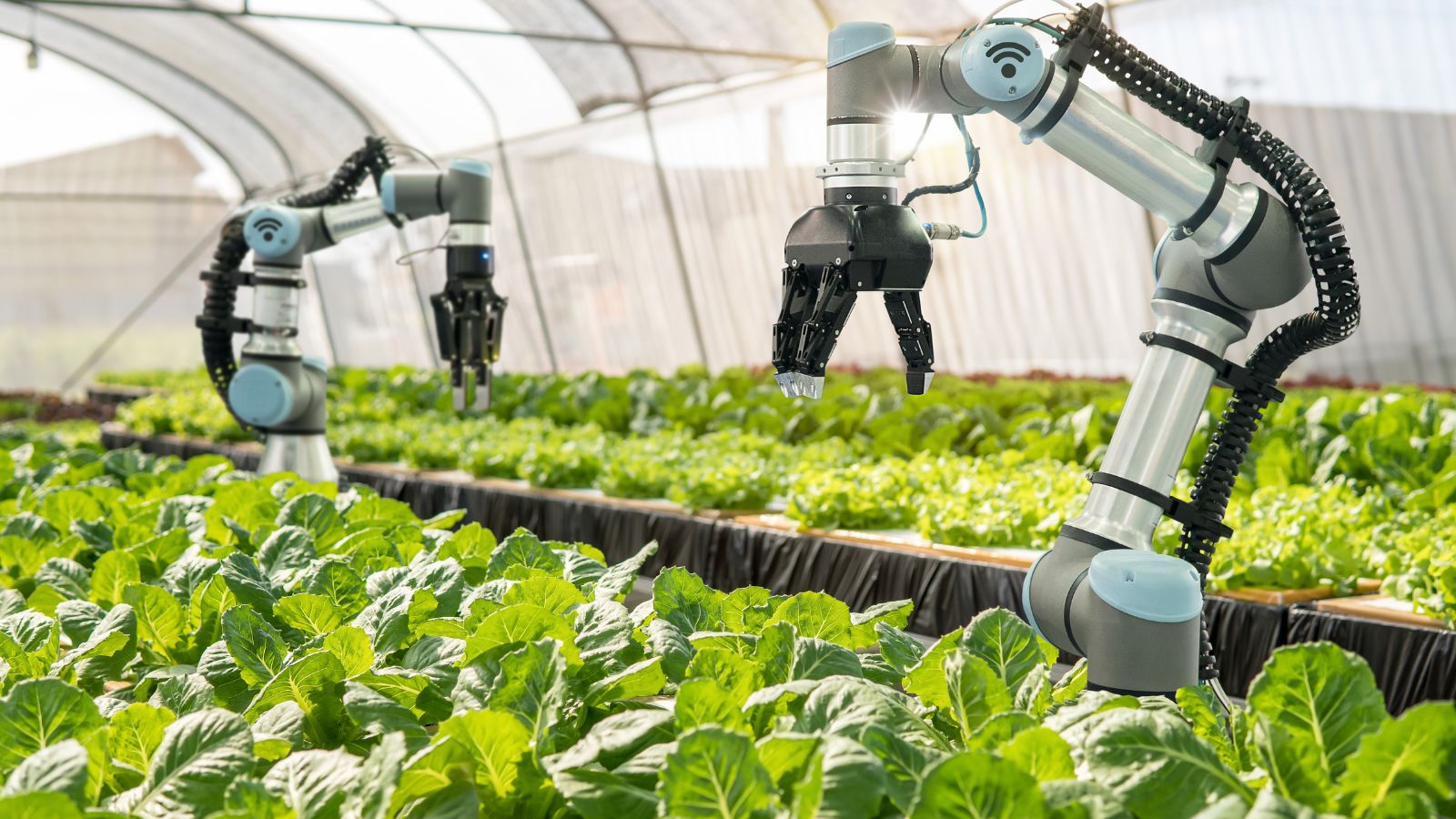
Ag-tech integration is rapidly changing Canadian farms, with many growers using drones, sensors, and data analytics to optimize production and reduce waste. These technologies allow precise monitoring of soil health, moisture levels, and pest pressures, enabling targeted interventions. Farmers can improve efficiency and reduce environmental impact with smarter decision-making tools. This digital revolution is helping Canadian agriculture become more sustainable and productive.
Direct-to-Consumer Sales
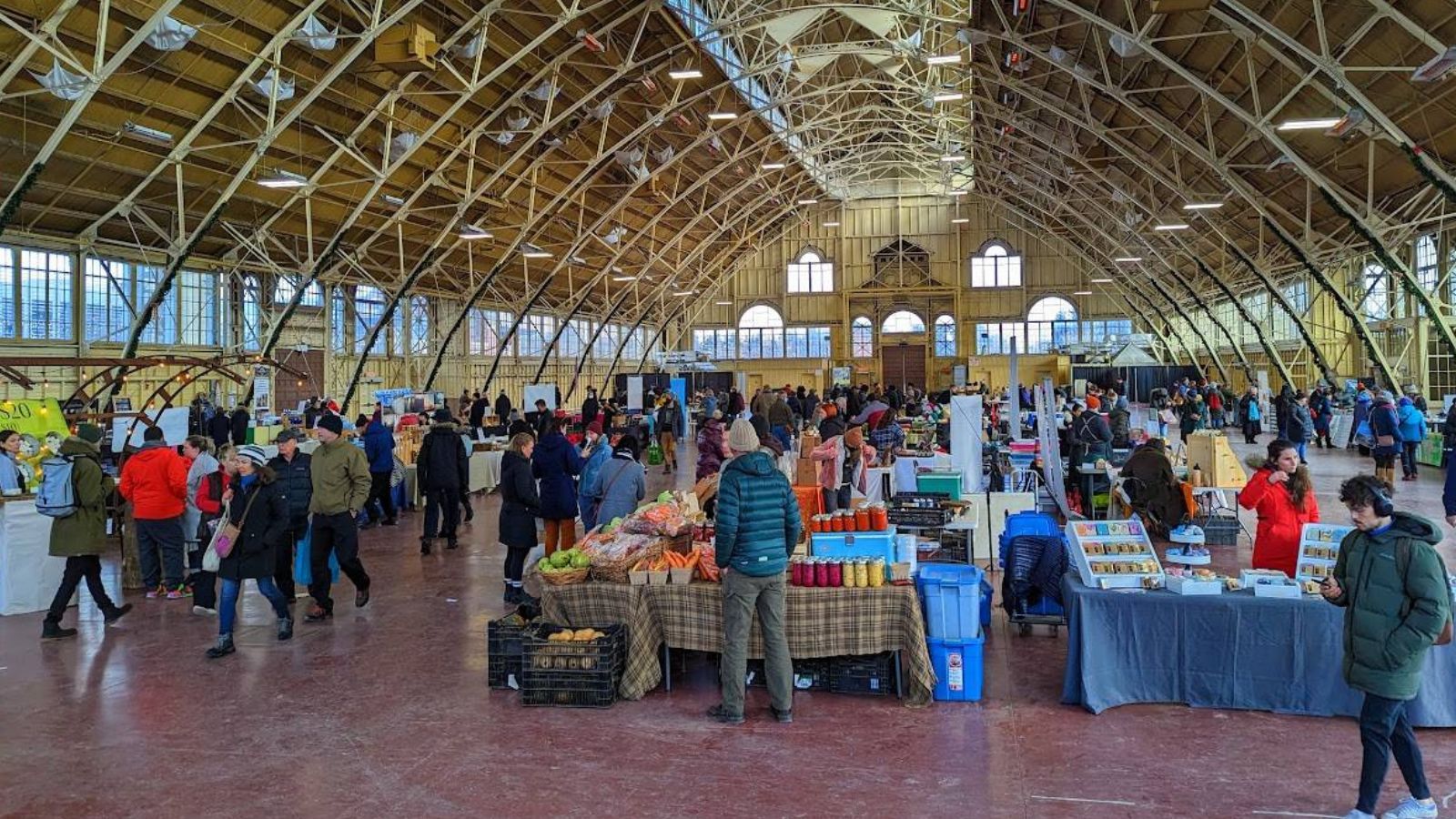
Canadian farmers are also embracing direct-to-consumer sales channels, such as farmers’ markets, farm stands, and online platforms. By cutting out middlemen, they can offer fresher products at fair prices while building personal connections with customers. This approach supports local economies and keeps money within communities. It also provides transparency about farming practices and product origins, fostering consumer trust.
Agroecology and Social Justice
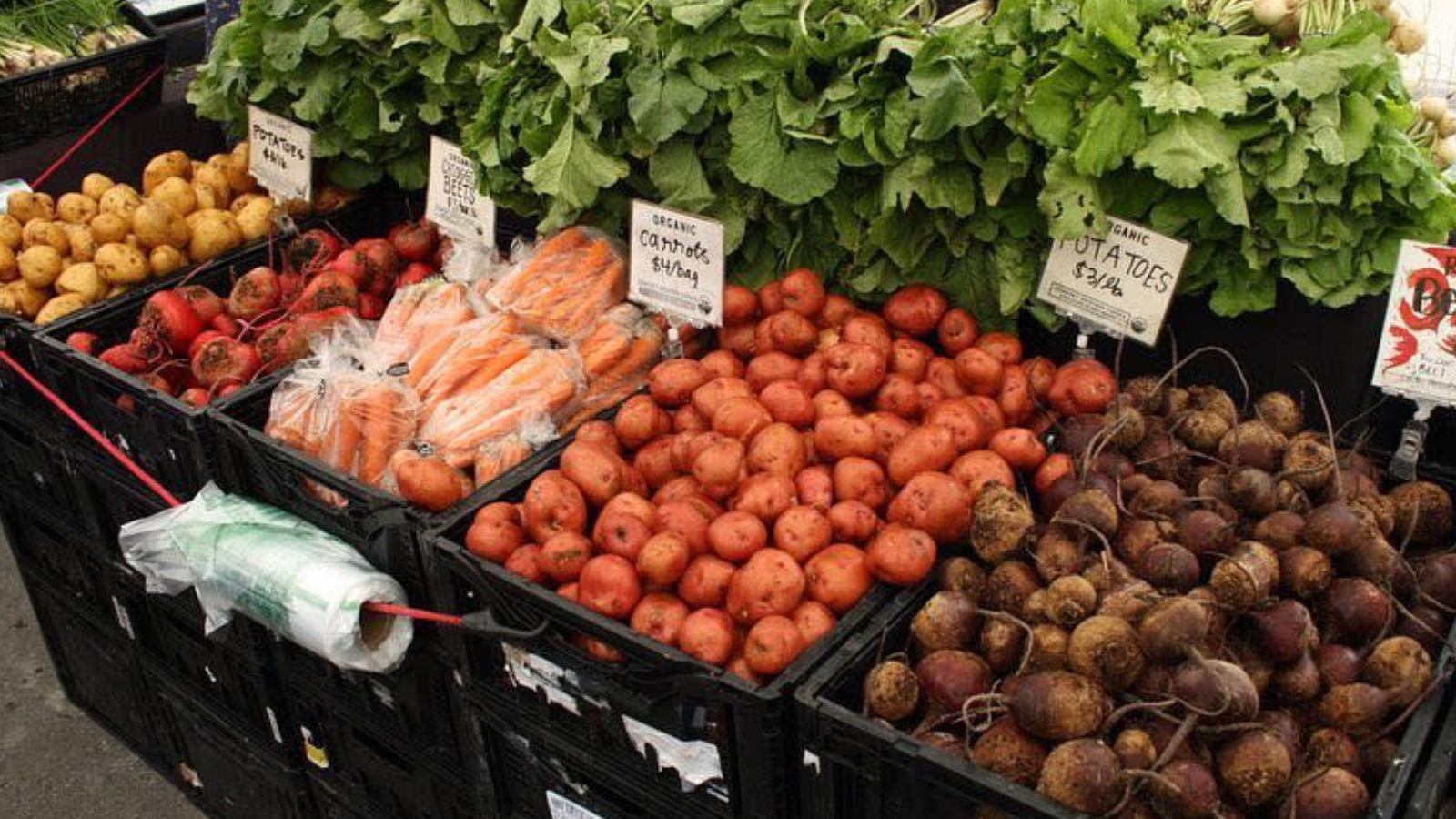
Some farmers are pioneering agroecology, a holistic approach that combines ecological science with social justice principles. This method encourages biodiversity, sustainable resource use, and equitable food systems. Canadian agroecologists work closely with local communities to co-create resilient food networks. Their integrated vision transforms farming into a force for ecological balance and social empowerment.
Fighting Food Waste on the Farm
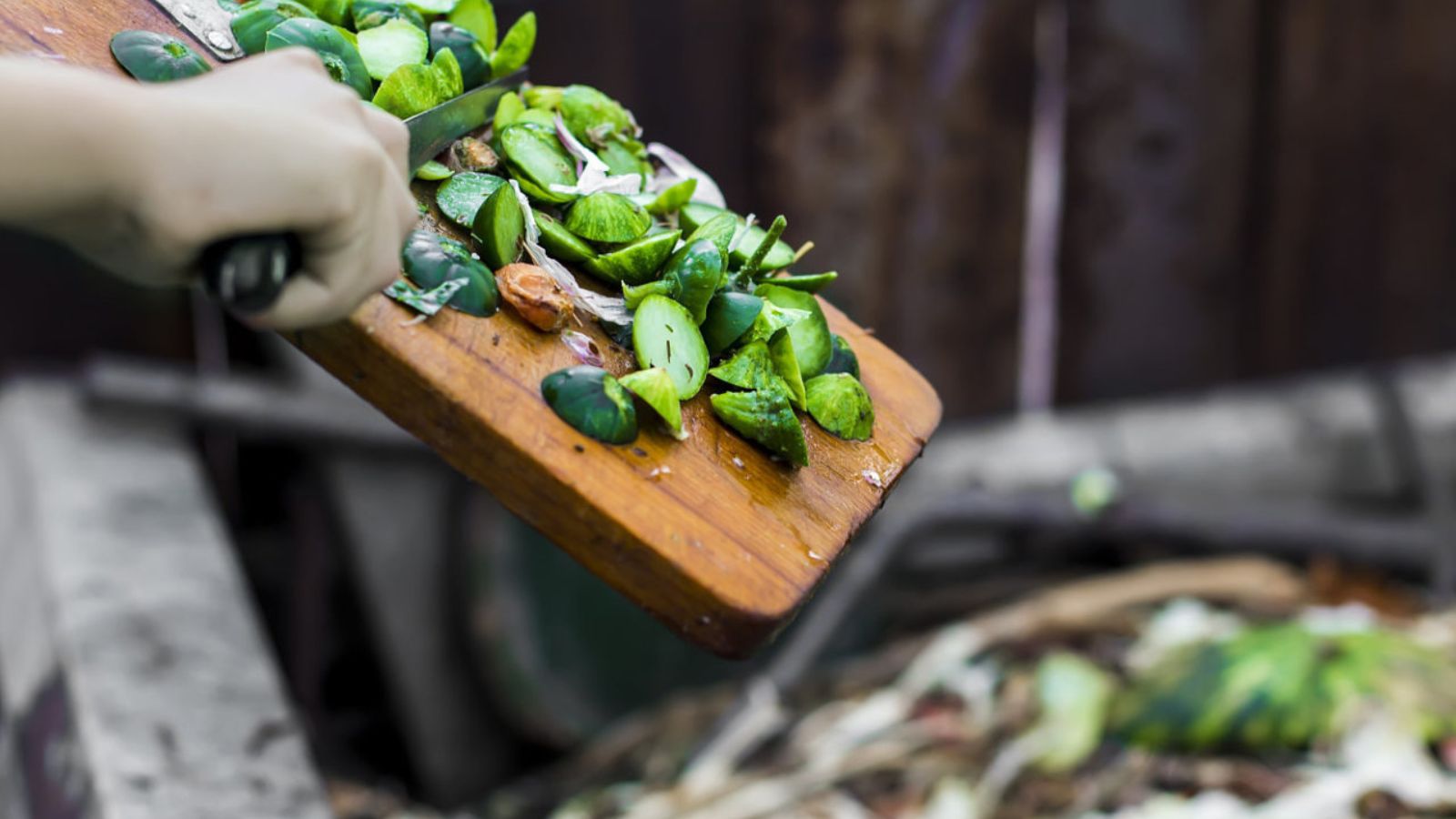
Food waste reduction is another area where Canadian farmers are making strides. Some collaborate with food banks and nonprofits to donate surplus produce that might otherwise go unsold. Others implement creative harvesting techniques to salvage “ugly” fruits and vegetables, challenging cosmetic standards. By tackling food waste on the farm, these farmers contribute to greater food security and environmental sustainability.
Carbon Farming and Climate Solutions
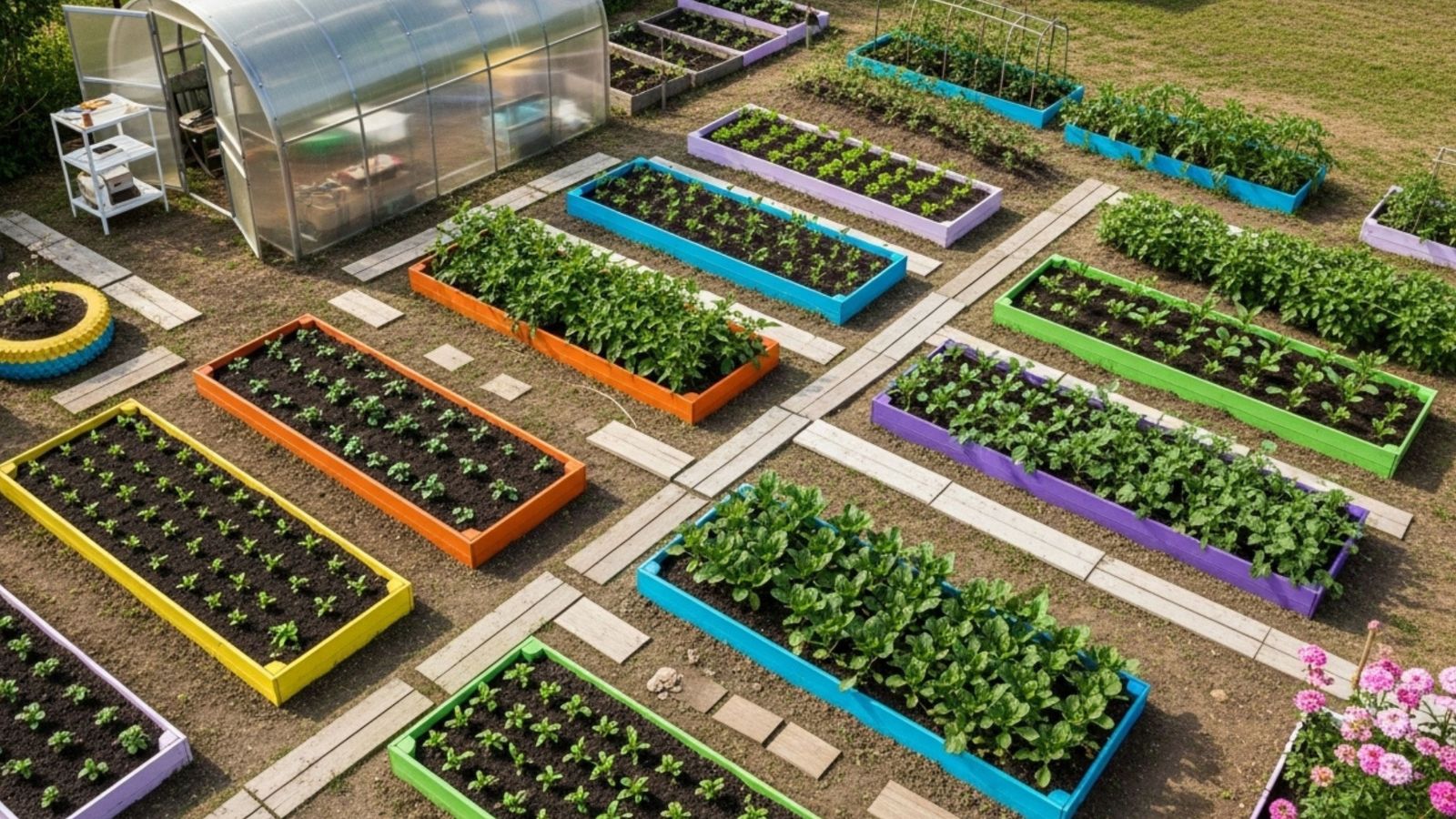
In response to climate change, Canadian farmers are adopting carbon farming techniques that capture and store atmospheric carbon in soils and vegetation. Practices like no-till farming, agroforestry, and cover cropping enhance soil organic matter and reduce greenhouse gas emissions. These efforts position farmers as vital players in climate solutions. Their leadership demonstrates agriculture’s potential to be part of the environmental healing process.
Water Stewardship and Conservation
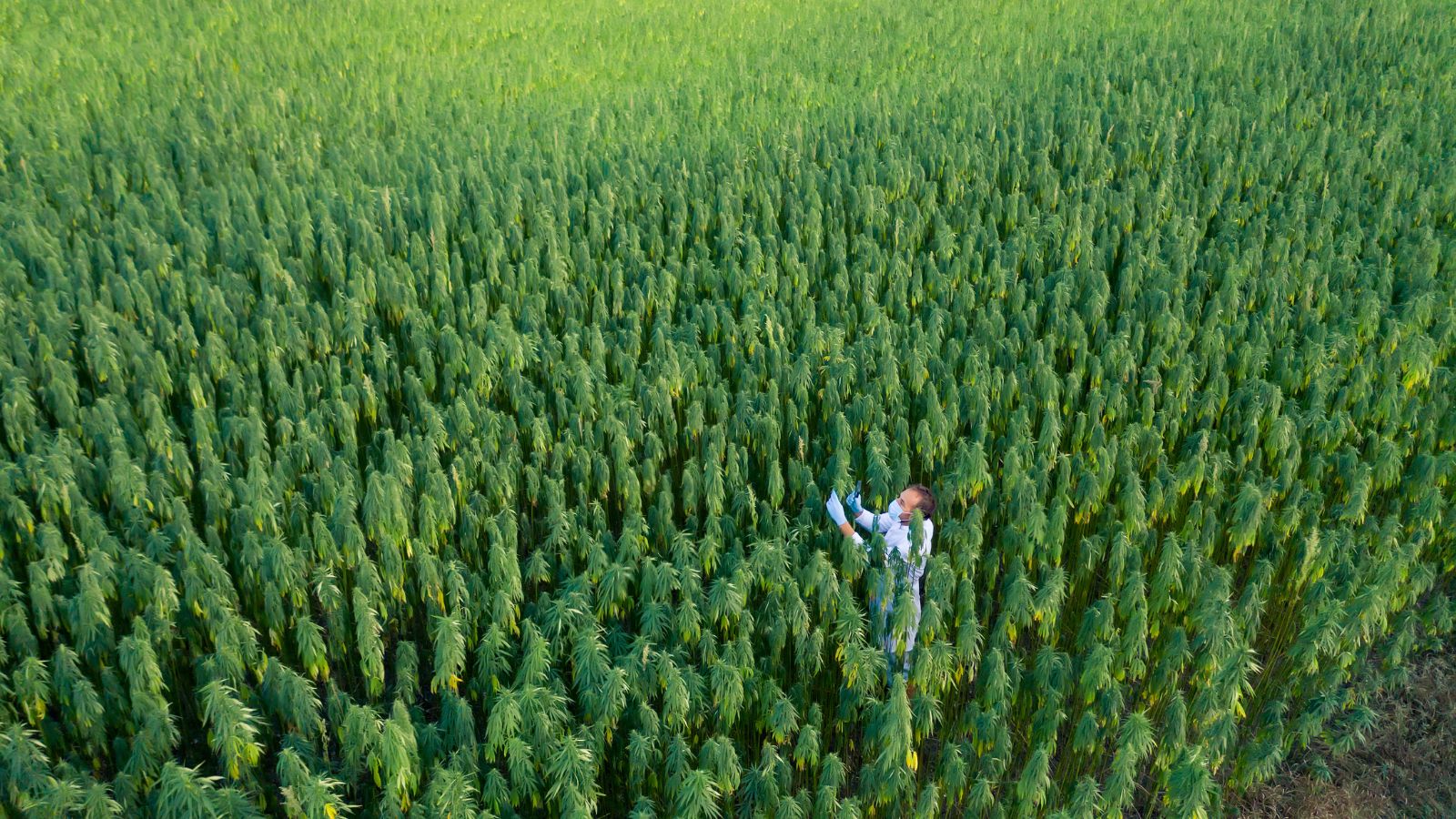
Water conservation is a priority for many Canadian farmers, especially in drier regions. Techniques such as drip irrigation, rainwater harvesting, and drought-resistant crops help maximize water efficiency. By managing this precious resource carefully, farmers protect ecosystems and ensure long-term farm viability. Their innovations provide models for sustainable water use in agriculture.
Farmer Education and Mentorship

Education and mentorship are key components of how many Canadian farmers are shaping the future. Experienced growers are sharing knowledge with new farmers through apprenticeships, workshops, and community programs. This transfer of skills helps preserve traditional practices while incorporating modern innovations. Fostering a new generation of thoughtful, skilled farmers is crucial for ongoing food system transformation.
Agro-Tourism and Public Engagement
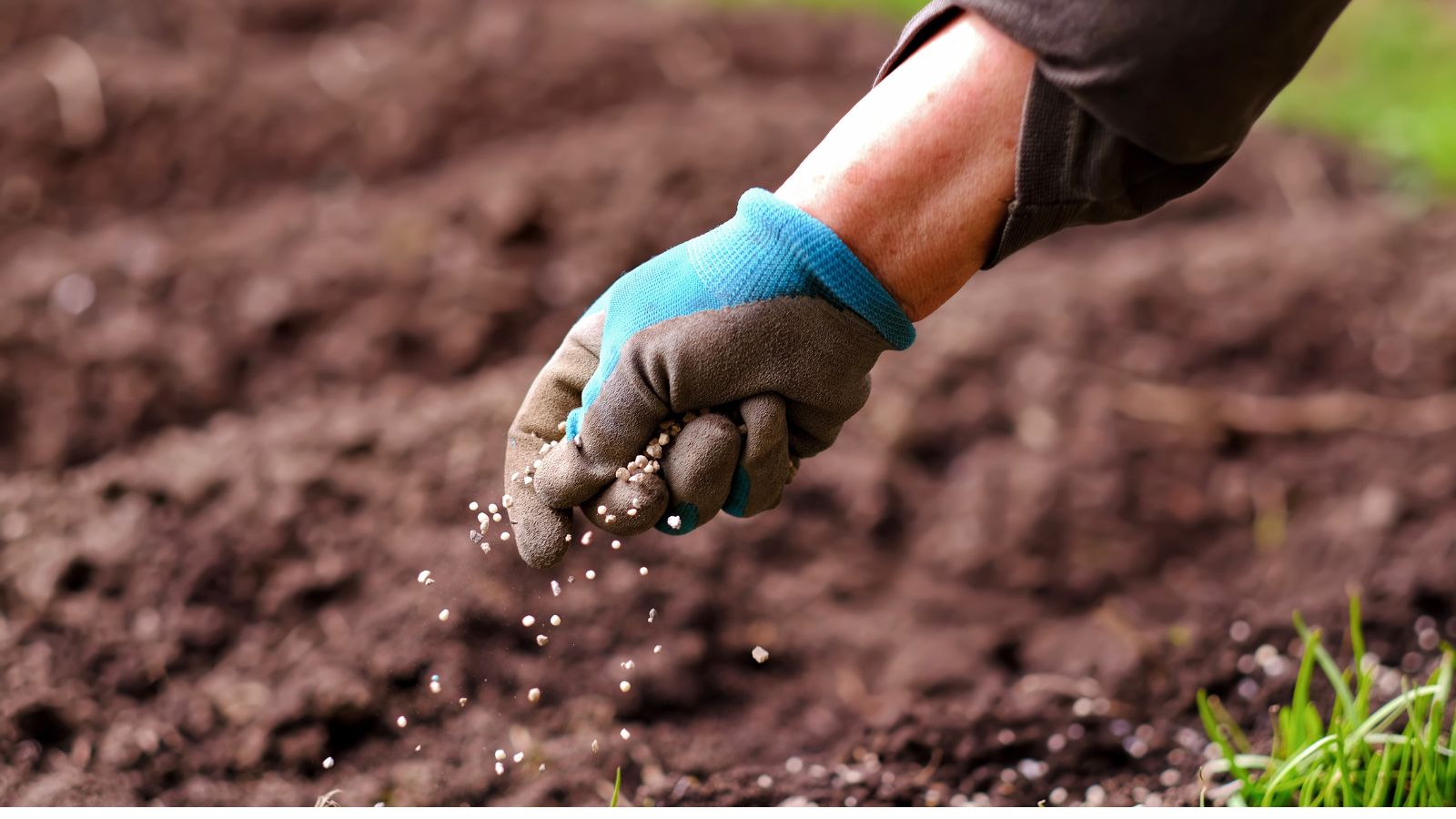
Agro-tourism is becoming popular among Canadian farmers, inviting visitors to experience farm life firsthand. Tours, workshops, and farm-to-table dinners create meaningful connections between consumers and producers. This not only generates additional income but also raises awareness about sustainable agriculture. By opening their gates, farmers educate and inspire the public about where food comes from.
Collaborative Farm Cooperatives
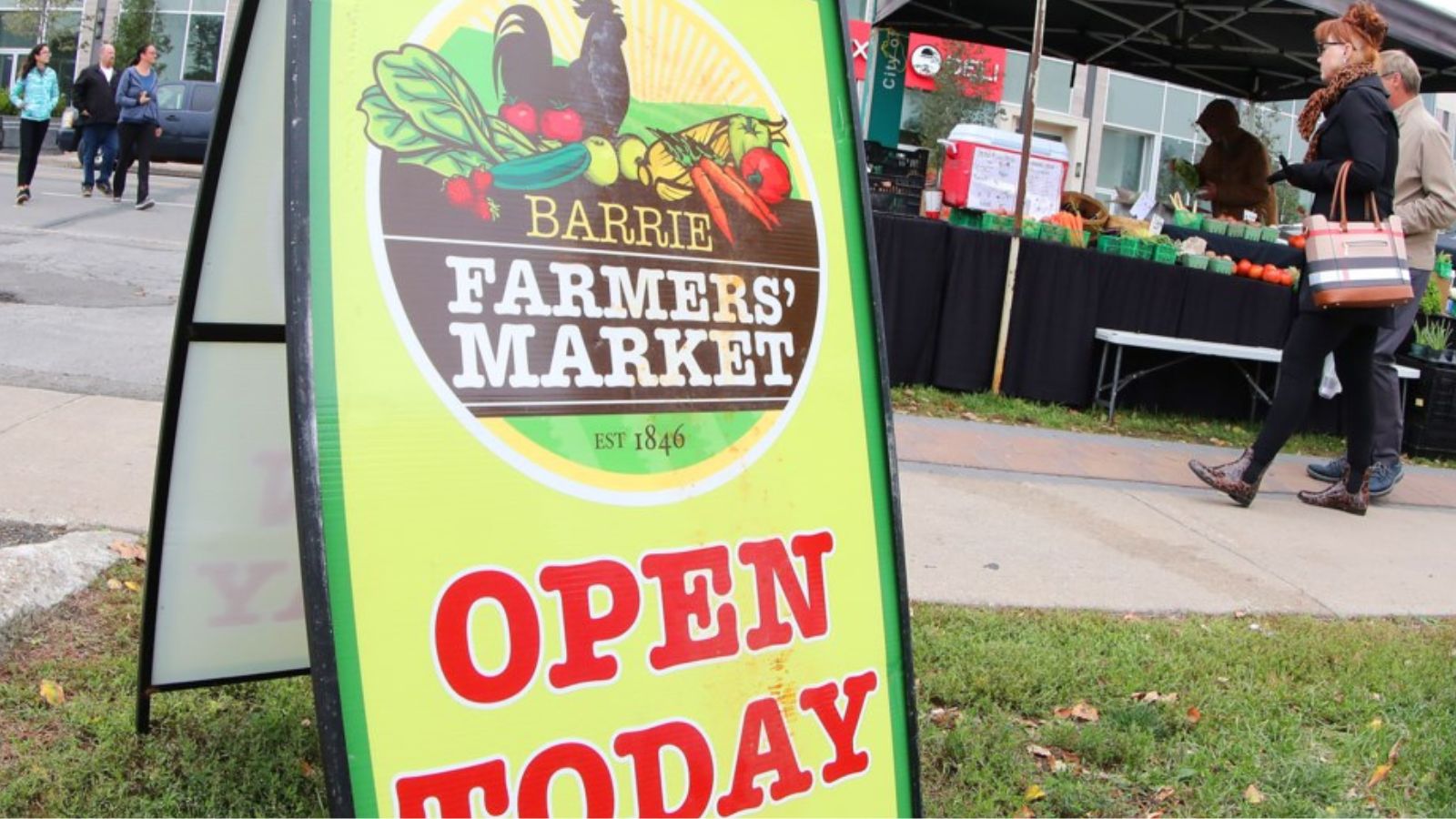
Farm cooperatives and alliances are strengthening Canadian agriculture by fostering collaboration and resource-sharing. These groups enable small-scale farmers to access better equipment, marketing, and distribution networks. Cooperation enhances resilience in a challenging industry and amplifies the impact of sustainable practices. Through collective action, these farmers are reshaping the agricultural landscape.
Specialty Crops and Culinary Diversity
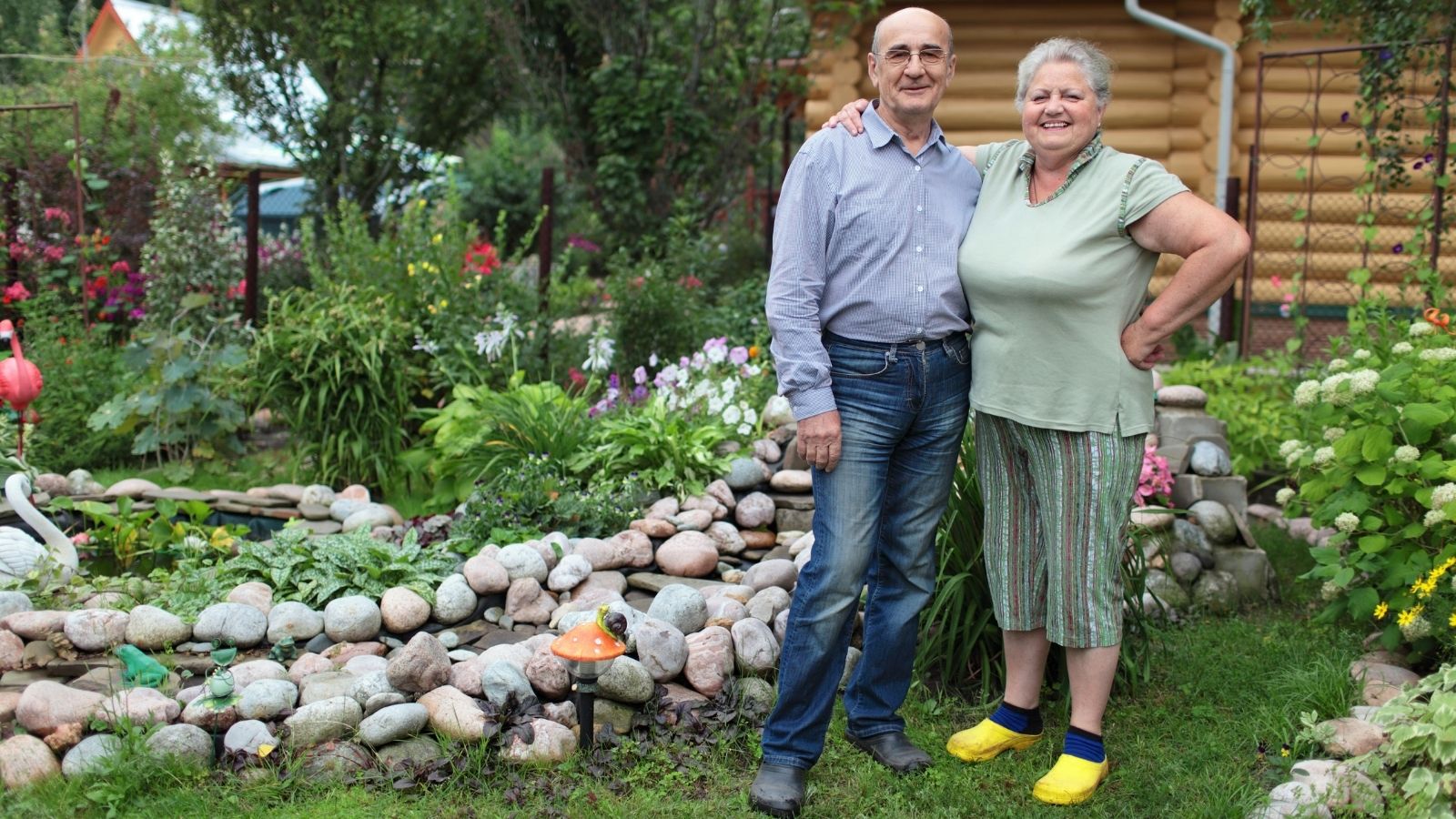
The rise of specialty crops, such as berries, herbs, and exotic vegetables, is diversifying Canadian agriculture and consumer choices. Farmers experimenting with niche markets cater to growing demand for unique flavors and health benefits. This diversification supports farm viability and introduces exciting new foods to Canadian tables. Their creativity enriches both local economies and culinary traditions.
Pollinator-Friendly Farming
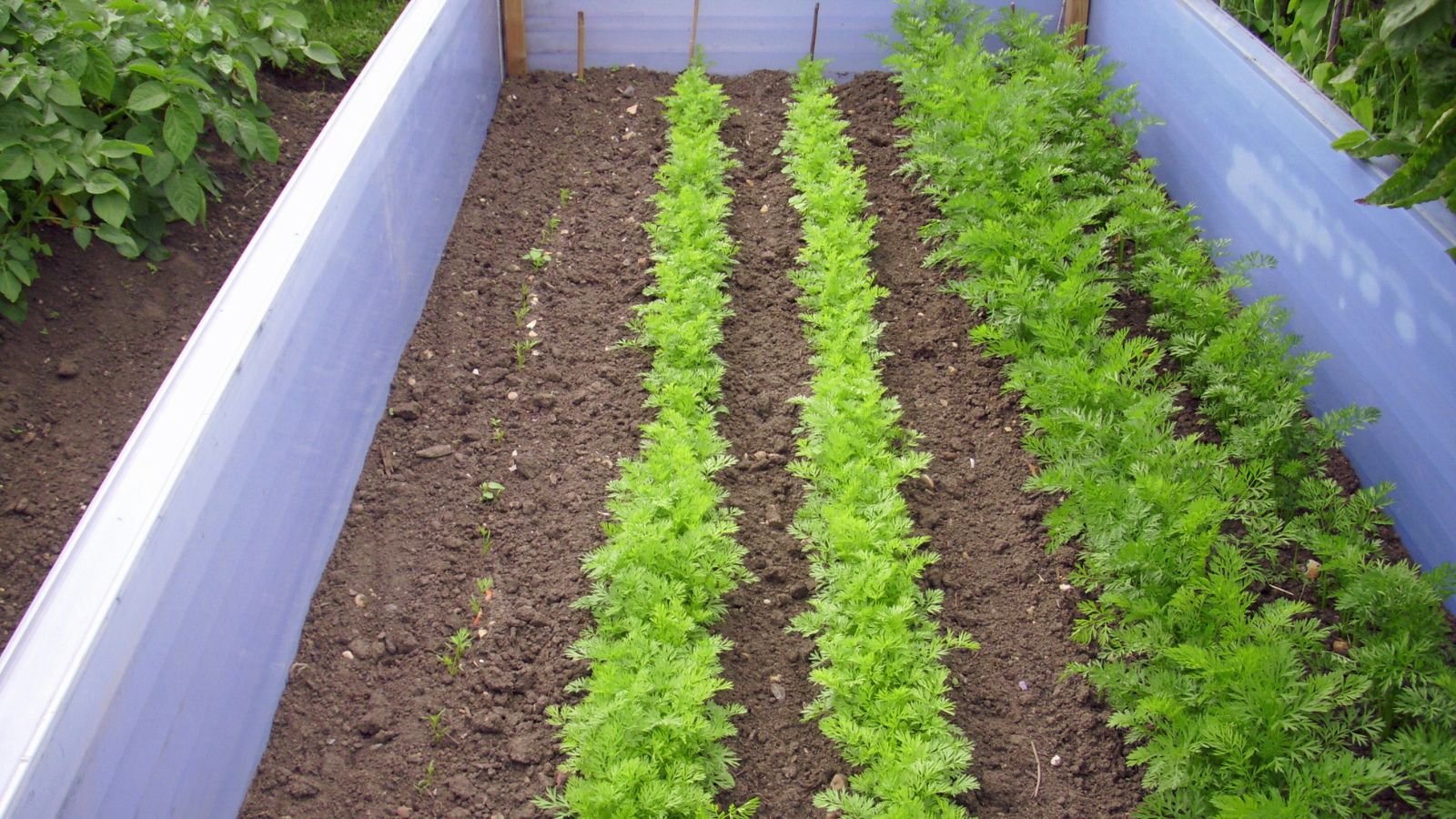
Canadian farmers are also leading efforts to integrate pollinator habitats into their landscapes, recognizing the critical role of bees and other insects in food production. Planting wildflowers, maintaining hedgerows, and reducing pesticide use help support healthy pollinator populations. This commitment safeguards crop yields and biodiversity. Protecting pollinators is essential for the sustainability of agriculture and ecosystems alike.
Renewable Energy on the Farm

Many Canadian farmers are investing in renewable energy systems, such as solar panels and wind turbines, to power their operations sustainably. These clean energy sources reduce carbon footprints and lower operating costs. Renewable installations also demonstrate a commitment to environmental responsibility. By combining farming with green energy, these pioneers are creating farms of the future.
Prioritizing Farmer Well-being

Lastly, a growing number of Canadian farmers prioritize mental health and community well-being as integral to sustainable agriculture. Recognizing the stresses of farming, they build supportive networks and advocate for balanced lifestyles. Healthy farmers foster healthy food systems. This holistic approach ensures agriculture remains a rewarding, viable vocation for generations to come.
21 Products Canadians Should Stockpile Before Tariffs Hit

If trade tensions escalate between Canada and the U.S., everyday essentials can suddenly disappear or skyrocket in price. Products like pantry basics and tech must-haves that depend on are deeply tied to cross-border supply chains and are likely to face various kinds of disruptions
21 Products Canadians Should Stockpile Before Tariffs Hit
